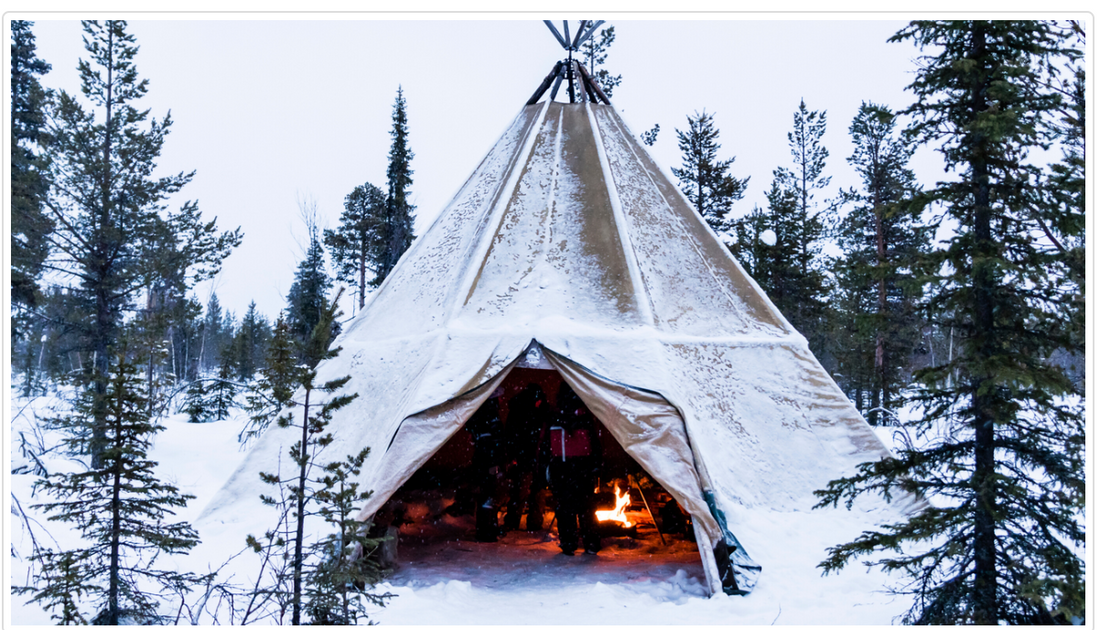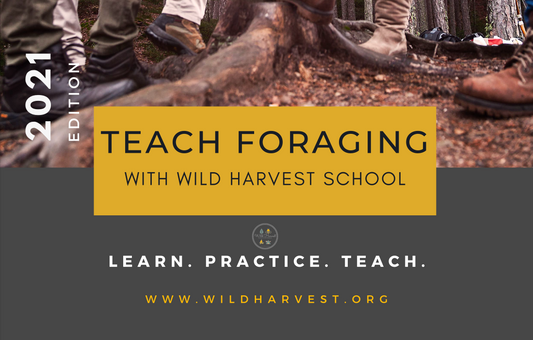
The Origin of the 'Thipi'
The Origin of The 'Thipi'.
The Lakota (Sioux) invented the Tipi. The word originates from the Lakota word “thípi,” which is said to mean; “they dwell.” Today, we may see it spelled tipi, tepee, or teepee, but each of these words refers to the same conical, nomadic structure.
The Thipi was historically made from tanned buffalo skins, (approximately twenty-eight!), sewn together with sinew into into a semi circle shape. This was then wrapped around poles that had been made from saplings. The saplings had first had their bark removed and been dried and polished. A tipi would take approximately 30 mins to put up once these parts were made.
In winter, an inner lining would be made from animal hides, blankets, or strips of fabric and hung along the lower portion of the inner wall, Grass or brush would then be placed between the outer wall and the lining to add insulation.
The invention of cotton canvas saw this new american material largely replace the buffalo skins for tipi coverings. After all twenty-eight is a lot of buffalo to find time to hunt! Decorating this canvas became a popular pastime for the men, each having their own signature style.
Some folk may also call this type of nomadic structure; a wigwam but this is a different shape altoghether. A wigwam is a more rounded, dome-shape, involving more wood and brush, with some skin, and it was made as a semi-permanaent, rather than nomadic structure.
Wood and natural materials still go into our modern timbatipi design which can classed as either nomadic, being largely modular, or semi-permanent yet still hold a large group of people around a fire! How will you use yours?
Did you know we also do end of season and new canvas tipi sales...




